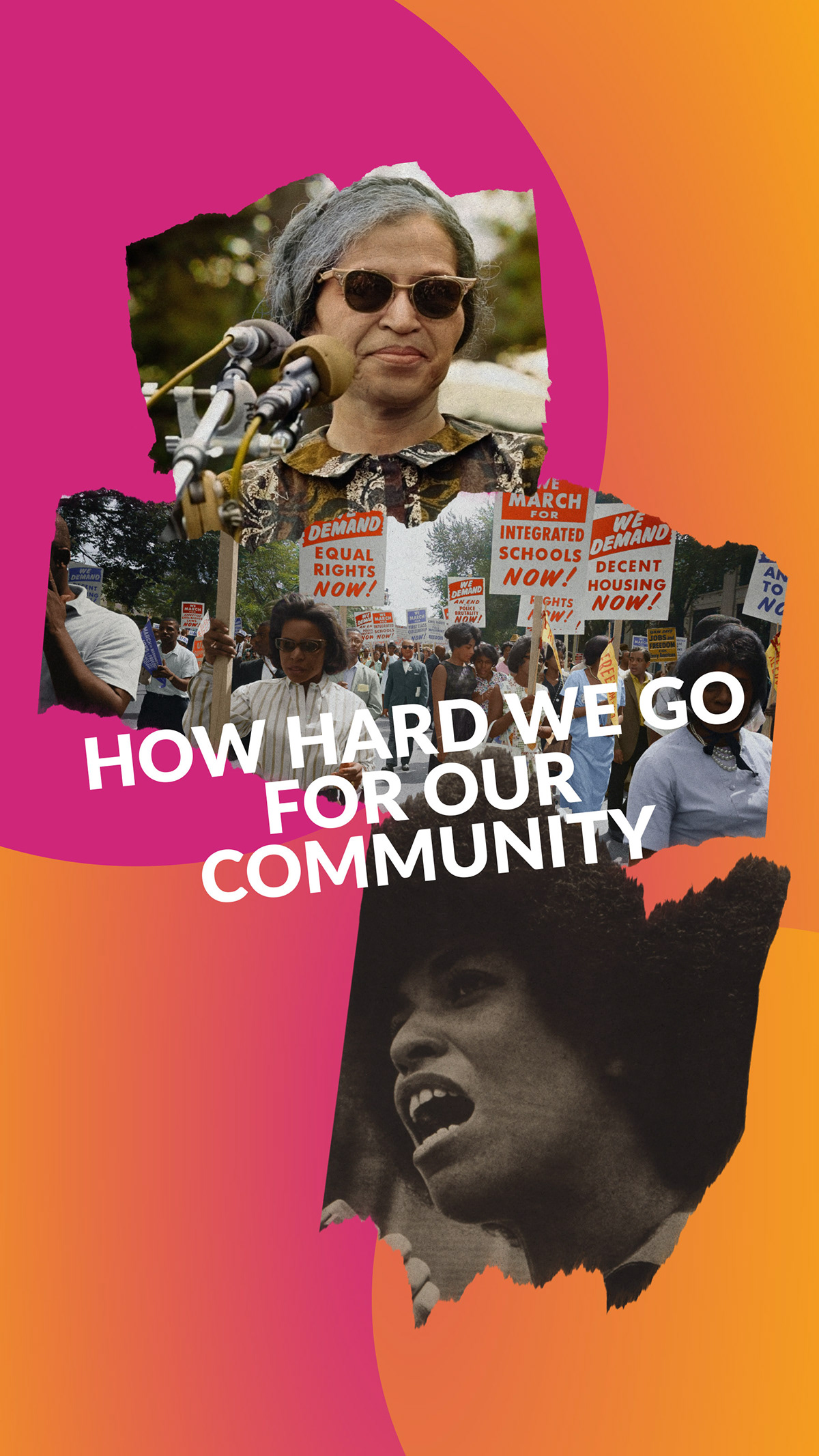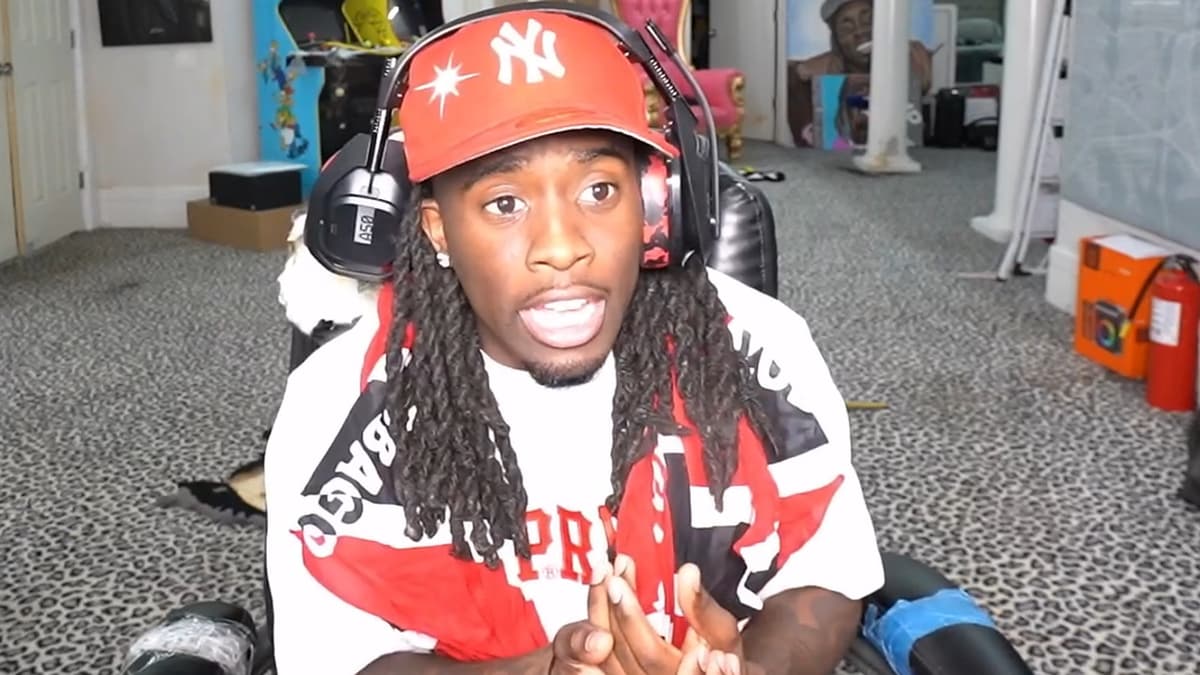Protecting Black Women's Health: The Risks Associated With Synthetic Hair Braids

Table of Contents
Traction Alopecia and Hair Loss from Tight Braiding
Tight braiding, a common practice with synthetic hair extensions, is a major contributor to traction alopecia, a form of hair loss. This condition occurs when the hair follicles are subjected to consistent, excessive pulling and tension. The weight of synthetic braids, coupled with tight braiding techniques, puts immense pressure on the hair follicles, leading to weakening and eventual hair loss. Understanding the causes and symptoms is vital for prevention.
-
Causes of Traction Alopecia from Synthetic Braids:
- Tight Braiding: The most significant factor; overly tight braids put extreme strain on hair follicles.
- Heavy Extensions: The weight of synthetic braids can exacerbate the pulling on the hair and scalp.
- Prolonged Wear: Wearing braids for extended periods without breaks allows continuous pressure on the hair follicles.
-
Symptoms of Traction Alopecia:
- Thinning Hair: Noticeable reduction in hair density, particularly along the hairline.
- Receding Hairline: A gradual receding of the hairline, often visible at the temples or forehead.
- Scalp Tenderness: Pain or sensitivity in the scalp, especially where braids are tightest.
- Hair Breakage: Increased breakage and shedding of hair.
-
Long-Term Effects: If left untreated, traction alopecia can lead to permanent hair follicle damage and irreversible hair loss. Early detection and cessation of tight braiding are crucial for preventing permanent damage.
Scalp Infections and Hygiene Concerns with Synthetic Hair Braids
Synthetic hair braids, while stylish, create an environment that can easily harbor bacteria and fungi if proper hygiene isn't maintained. The dense nature of the braids traps sweat, oil, and dirt against the scalp, creating a breeding ground for microorganisms. This can lead to various scalp infections, impacting both hair health and overall well-being.
-
Types of Scalp Infections:
- Folliculitis: Inflammation of the hair follicles, often manifesting as painful bumps or pustules.
- Dandruff: Excessive flaking of the scalp, potentially exacerbated by trapped dirt and oil.
- Fungal Infections: Infections caused by fungi, often characterized by itching, scaling, and inflammation.
-
Maintaining Scalp Hygiene:
- Regular Cleansing: Gently cleanse the scalp at least twice a week with a mild, sulfate-free shampoo.
- Proper Braid Maintenance: Regularly inspect braids for signs of buildup or infection.
- Avoid Over-Styling: Excessive product use can contribute to buildup and clog hair follicles.
- Consider Antifungal Shampoos: Use as needed to prevent and treat fungal infections.
Chemical Exposure and Hair Damage from Synthetic Hair Products
Many synthetic hair products contain chemicals that can negatively impact both the hair and the scalp. The manufacturing process and dyes used in synthetic hair often include harsh chemicals that can lead to dryness, breakage, and irritation. Understanding these potential risks is crucial for making informed choices about hair products.
-
Harmful Chemicals: Some synthetic hair may contain formaldehyde, phthalates, and other chemicals linked to health concerns.
-
Minimizing Chemical Exposure:
- Choose Low-Chemical Options: Look for synthetic hair labeled as "hypoallergenic" or "low-chemical."
- Avoid Excessive Heat Styling: Heat can exacerbate damage caused by chemicals.
- Opt for Natural Alternatives: Consider using human hair extensions or natural hair styling options when possible.
Choosing Safe and Healthy Braiding Practices
Protecting your hair health requires a holistic approach, starting with choosing a skilled and experienced braider. Proper braiding techniques significantly reduce the risk of traction alopecia and other related issues.
- Selecting a Skilled Braider: Find a braider who prioritizes scalp health and uses gentle braiding techniques.
- Less-Tight Braiding Styles: Choose less-tight braiding styles that don't pull excessively on the scalp and hair follicles.
- Regular Breaks: Take breaks from wearing braids to allow your scalp and hair to breathe and recover. This prevents prolonged tension and allows for proper cleansing.
- Gentle Hair Care Products: Use mild, moisturizing shampoos and conditioners to maintain scalp and hair health.
Conclusion
Synthetic hair braids offer a fantastic opportunity for self-expression and style for Black women, but prioritizing hair and scalp health is paramount. By understanding the potential risks—traction alopecia, scalp infections, and chemical exposure—and proactively implementing preventative measures, you can enjoy the beauty of synthetic braids without compromising your well-being. Remember to choose a skilled braider, practice good hygiene, and prioritize scalp health. Protecting Black women's health means making informed choices about hair care and styling—choose wisely and protect your hair!

Featured Posts
-
 The Michelle Mone Story Examining A Business Empires Ascent And Decline
May 27, 2025
The Michelle Mone Story Examining A Business Empires Ascent And Decline
May 27, 2025 -
 Streamer University Kai Cenats Guide To Streaming Success
May 27, 2025
Streamer University Kai Cenats Guide To Streaming Success
May 27, 2025 -
 Gwen Stefanis Marriage Advice A Surprising Third Party Plays A Role
May 27, 2025
Gwen Stefanis Marriage Advice A Surprising Third Party Plays A Role
May 27, 2025 -
 Janet Jackson To Receive Icon Award At 2025 American Music Awards
May 27, 2025
Janet Jackson To Receive Icon Award At 2025 American Music Awards
May 27, 2025 -
 Taylor Swift Announces Reputation Taylors Version Details On The Teaser
May 27, 2025
Taylor Swift Announces Reputation Taylors Version Details On The Teaser
May 27, 2025
